| Vintage Pulp | Nov 22 2022 |

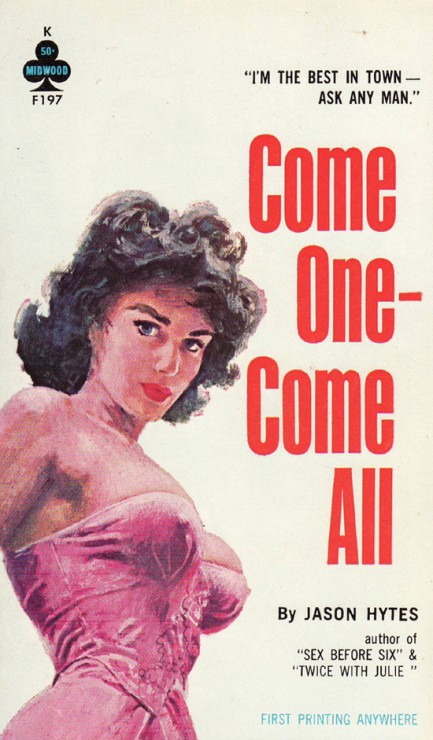
We read Jason Hytes' 1962 sleaze novel Come One-Come All in electronic form, and thanks to a glitch in the page count we had no idea how long it was. Which led to the moment when we thought to ourselves, “This is getting interesting,” swiped to the next page and were confronted with the words—The End. By that page the book's lead character Barbara Martin had succumbed to her own sexual voracity, progressed to random seductions with both sexes, reached the point of being lured into prostitution, and dealt with the decision working out not well at all. And by not well at all we mean really not well. So while unknowingly swiping to The End, we were anticipating the commencement of bloody retribution by Barbara against the tale's villain. Nope. Barbara has learned her lesson and moves on. And so have we. But we'll say this much—for the genre, Hytes is not a bad writer.
| Vintage Pulp | Apr 14 2019 |

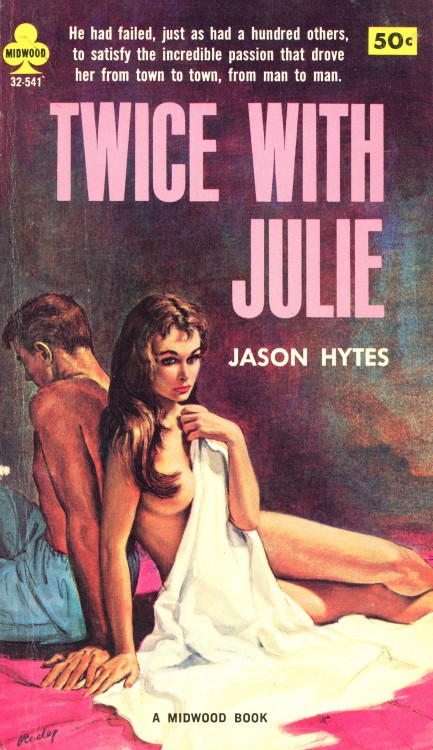
Above, a Paul Rader cover for Twice with Julie by Jason Hytes, aka John Plunkett. The lesson here? Every man has his limitations. Copyright 1962.
| Vintage Pulp | Dec 16 2018 |

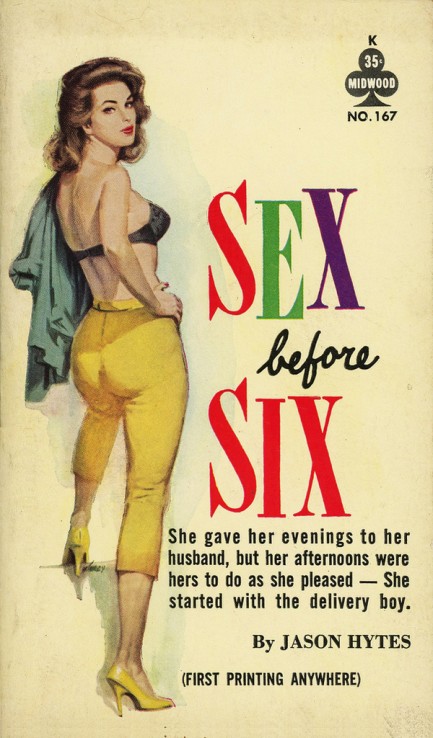
| Vintage Pulp | Jan 6 2018 |

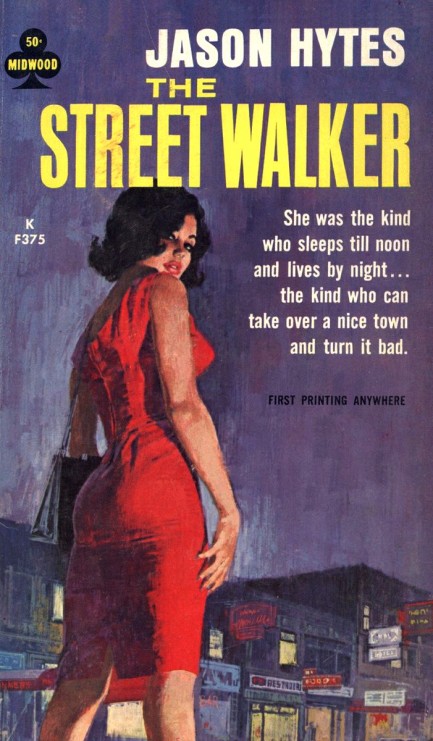
| Vintage Pulp | May 31 2017 |

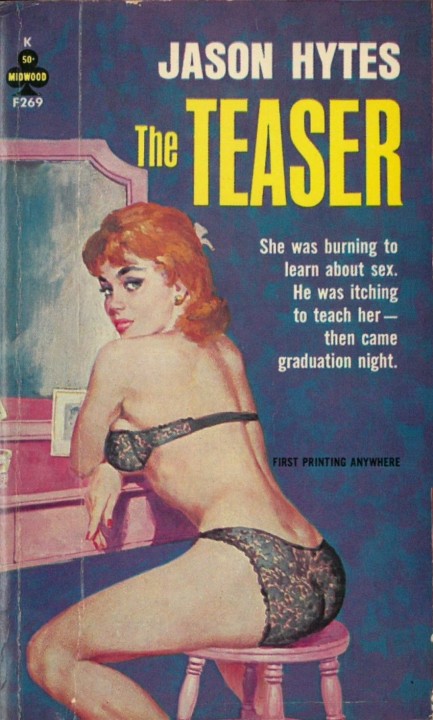
Above, The Teaser, by Jason Hytes, aka John Plunkett, for Midwood Books, with top notch brushwork by the wizard of sexually suggestive paperback art Paul Rader. The story: a virginal girl is taught about sex by her eager lover, but shows such an aptitude for it that her desires grow to the point where they become perverse and freaky. Sounds like the perfect woman to us. Copyright 1963.
| Vintage Pulp | Jul 15 2016 |

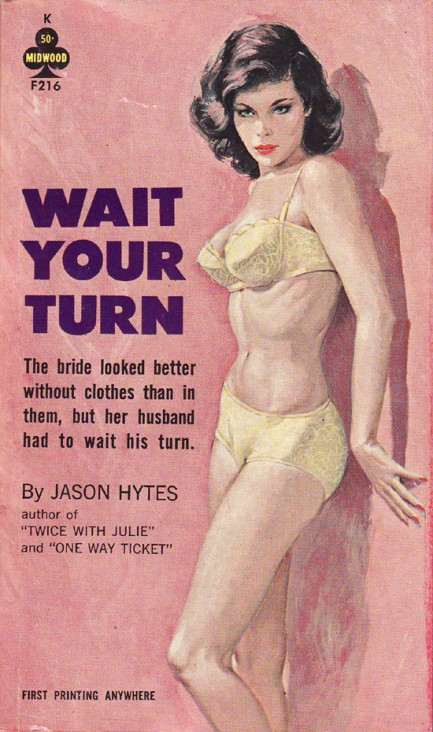
From reliably sleazy Midwood-Tower comes Wait Your Turn, published in 1962 and written by John Plunkett inhabiting the Jason Hytes pseudonym. A soldier returns home from two years away and finds that his virginal bride has not only caved in to another man's advances, but has also been set upon by a trio of local lowlifes who aren't remotely finished with her. Besides the elements of voyeurism and sexual aggression, one thing you could always expect from Midwood sleaze was well-executed cover art, and this one is very nice, but sadly it's uncredited. Should we guess who painted it? Well, we could, but we won't bother, because another thing Midwood was good at was hiring artists who could execute its signature style, which means this cover could really be any of several regular illustrators. Luckily, cover credits tend to come out in the fullness of time thanks to the tireless work of numerous aficionados more dedicated and better connected than us. We'll just have to hope something turns up on this eventually.
| Vintage Pulp | May 26 2016 |

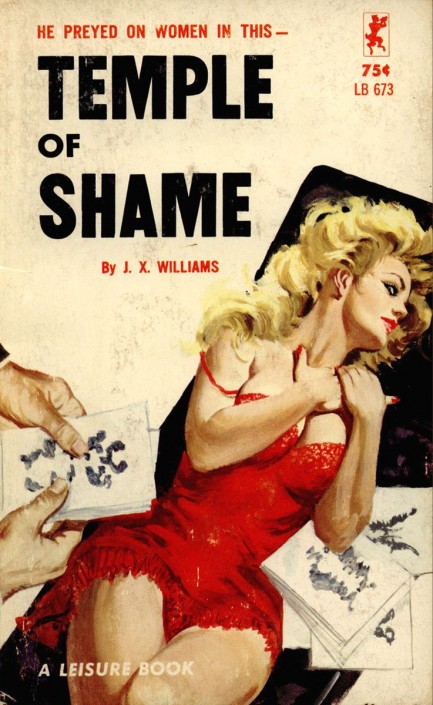
Whenever we say “someone” should do something that just means we’re being lazy. A couple of days ago we said we liked therapy sleaze fiction covers and someone should put together a collection. Well, that someone turned out to be us. We took a quick scuttle around the web and the result is this small group of people baring their souls—and sometimes more—to their therapists. In P.G. Wodehouse’s case, the main character of Lady Doctor is actually a medical practitioner, but since others confide in her and the awesome Dutch cover is psychoanalytic in style, we’ve included that. The last three examples come from Killer Covers, which is a site you should get into the habit of visiting regularly.
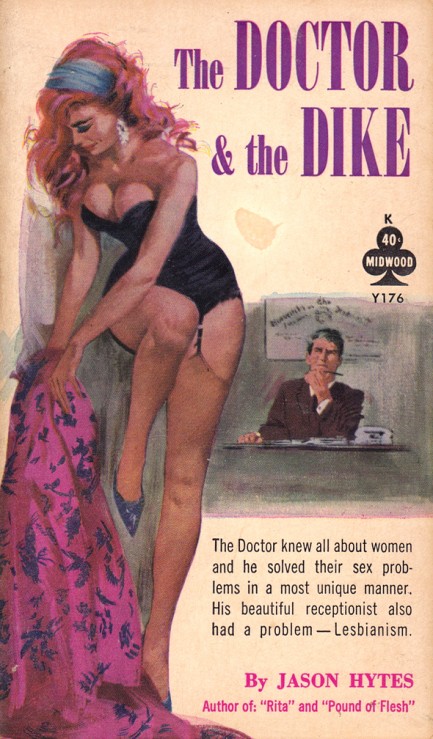
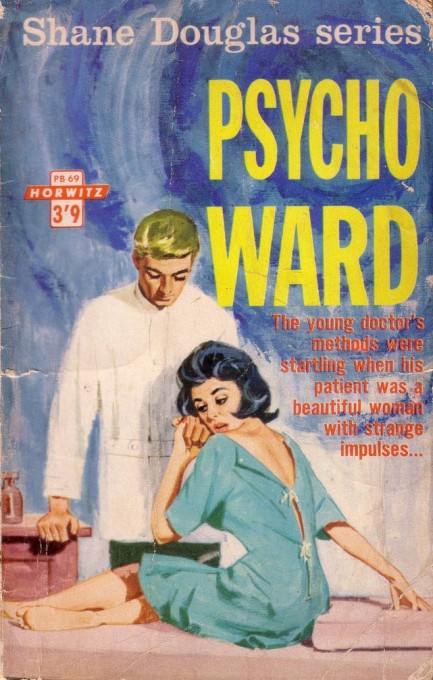
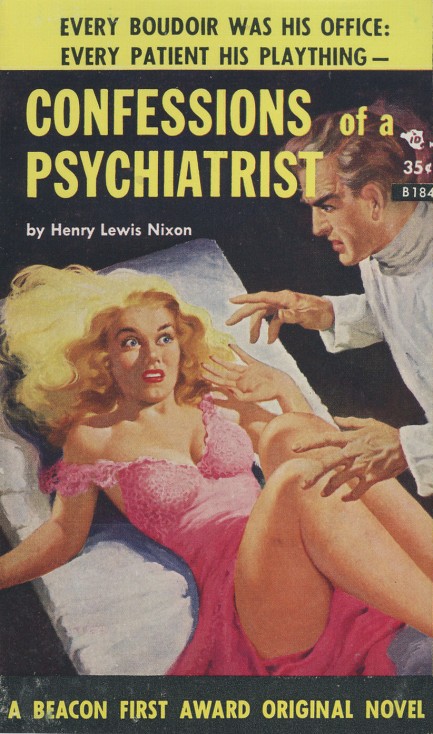
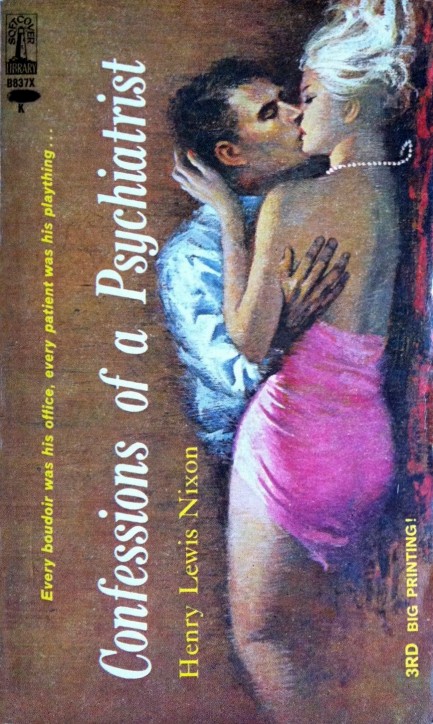
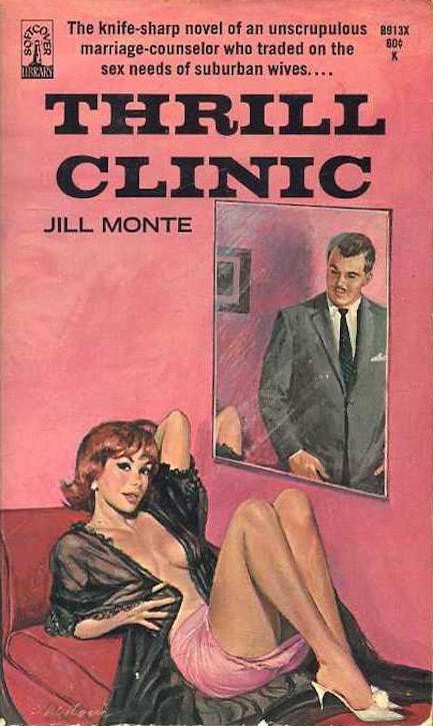
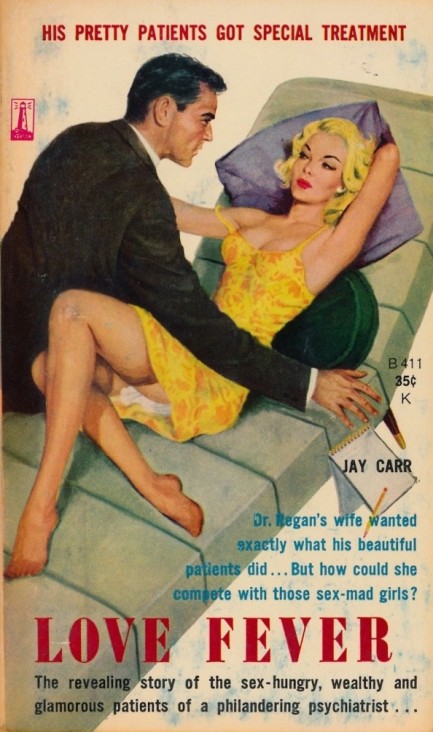
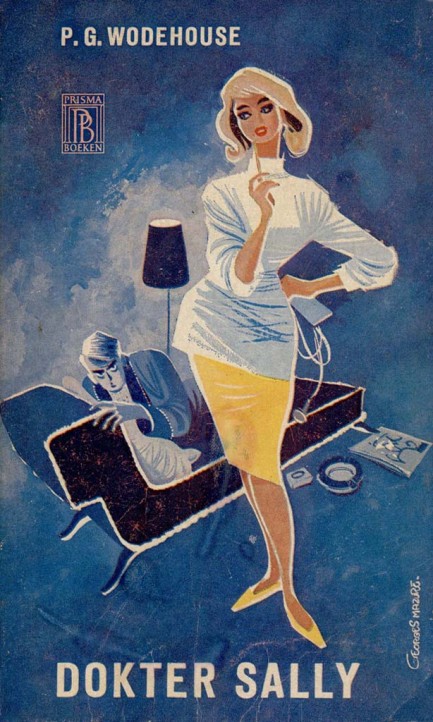

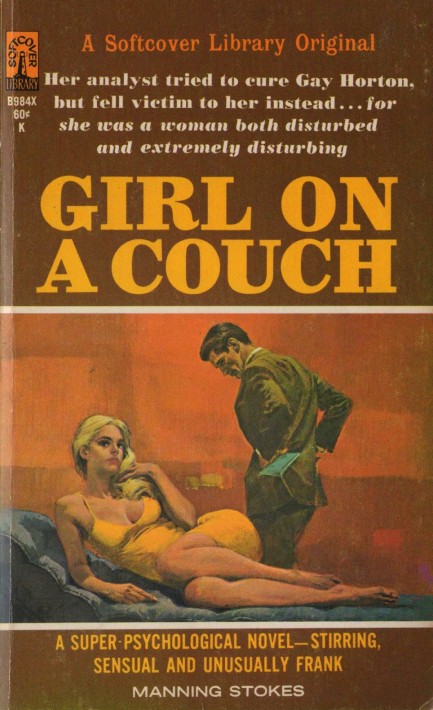
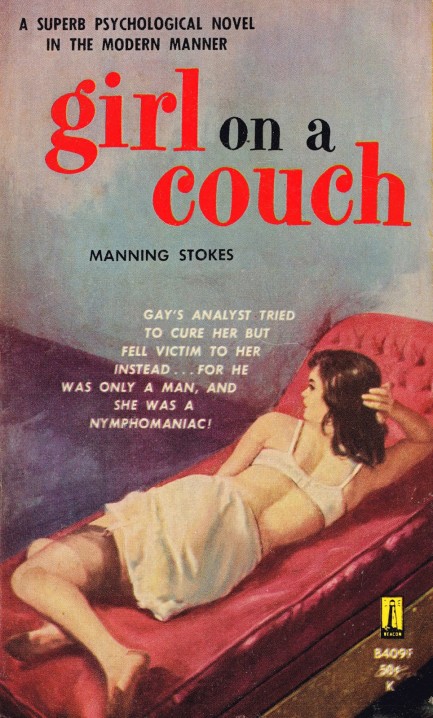

| Vintage Pulp | Mar 4 2016 |

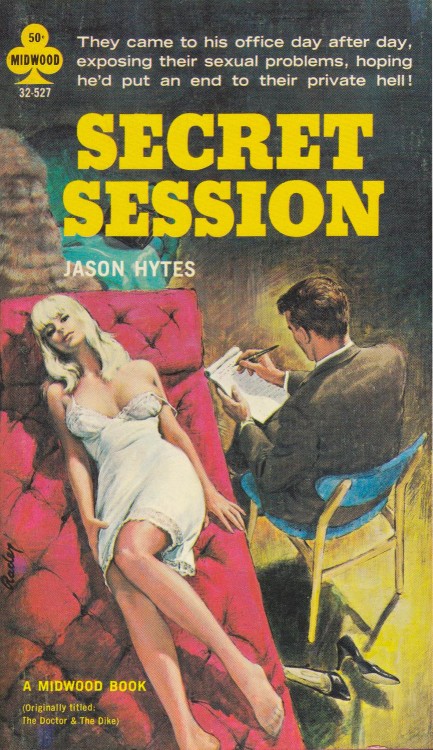
Jason Hytes' 1965 psychotherapy sleazer Secret Session was originally published in 1962 as The Doctor and the Dike, so you can probably figure out the plot yourself just based on the titles. Basically, a high-priced headshrinker's roster of female patients heat up his sessions, but it's his lesbian receptionist who really sparks a more-than-professional interest. In mid-century fiction every lesbian is just a man-hungry freak in waiting. Paul Rader is on the cover chores for this one.
| Vintage Pulp | Jun 21 2010 |

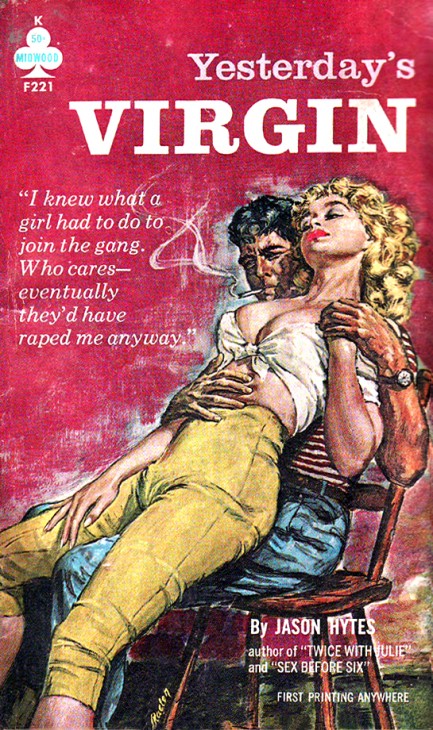
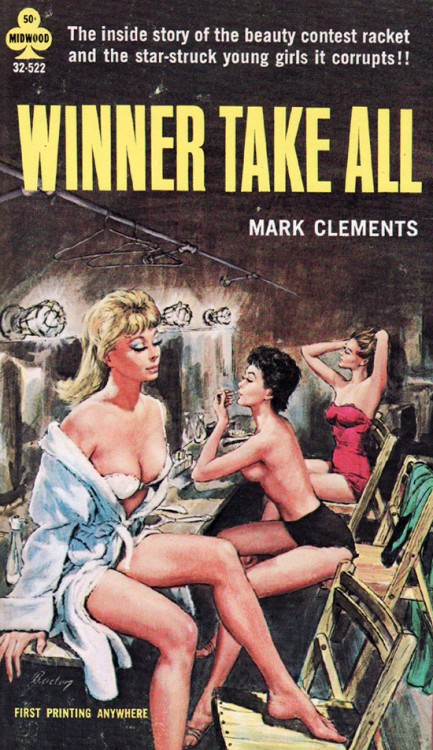
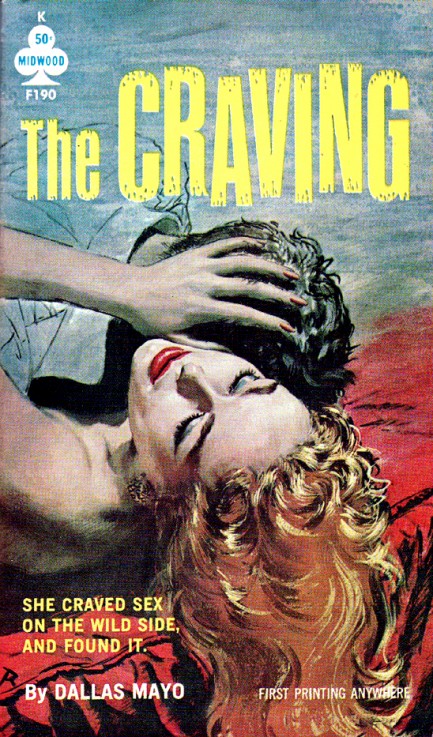
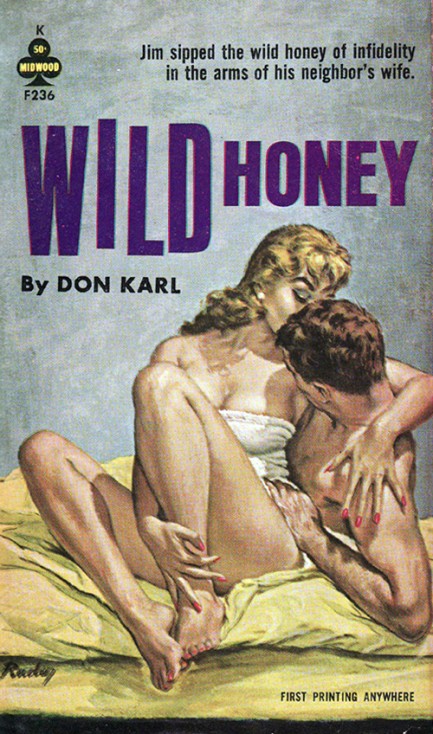
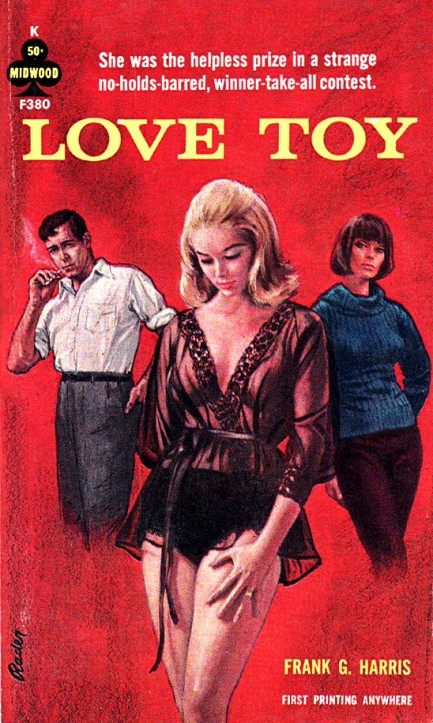
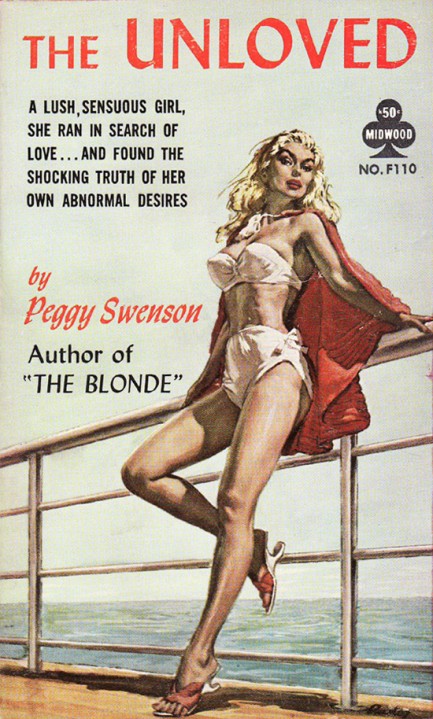
Every once in a while, we like to feature Paul Rader as a reminder what a virtuosic illustrator he was. So here’s another aggregate post, this one of assorted steamy Midwood pulp covers by Rader, circa 1960s. As a side note, you may have noticed our pulp uploader is malfunctioning at the moment, but we’ll get that fixed as soon as we can. Anyone with contributions, please hold, thanks.




































































